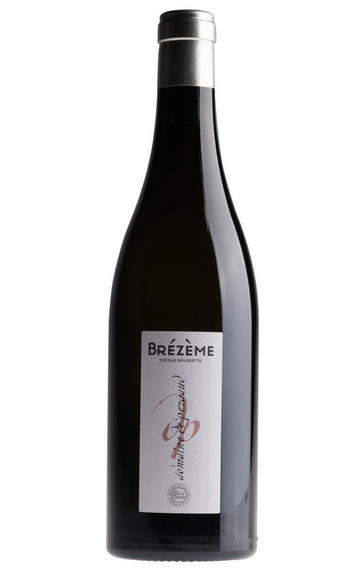
About this WINE
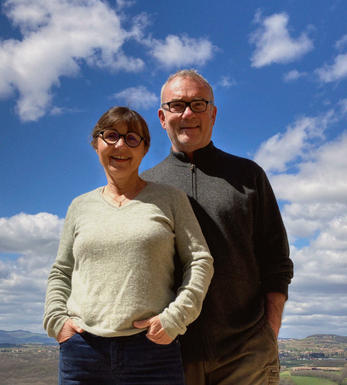
Eric Texier
Eric Texier made the unprecedented leap from nuclear engineer to winemaker in the early 1990s. Although his passion for wine was begat from the wines of Burgundy, he was inspired by an older generation of Rhône producers like Marius Gentaz and Pouchoulin, and felt that a successor was needed. Drawing on their methods of only using natural yeasts and leaving the bunches intact, he developed some of his own ideas and techniques as well. The grapes are grown organically (although the labels don’t state this). Maturation is carried out in old demi-muids and sulphur dioxide is never used during vinification, only at bottling. All of these methods, he feels, serve to express the special terroir of these appellations.
And what of the terroirs? Brézème is a tale of two soils, divided by a valley. One, which Eric refers to as the “vrai Côte de Brézème” and likens to Hermitage, is made up of marnes calcaires while the other is more alluvial with galets ronds. There is a unique microclimate here, 300 metres above sea-level with a cooling influence from the Vercors Massif to the east. Some vineyards are classified as Brézème and others not in a seemingly haphazard fashion; the only element that Eric can find in common for the classified vineyards is that they are easier to work. Texier’s wines come from 4.2ha here, producing approximately 20,000 bottles (slightly more than St Julien, of which there were 16,000 bottles produced in 2010). St Julien is, curiously, much hotter than Brézème though it is just across the Rhône and 200 metres higher. Eric’s Syrah and Roussanne vines are the original local varieties and not clones, which is why the old-vine red and white cuvées are called “Serine” and “Roussette” respectively.
He is the only organic producer both in Brézème and St Julien, and could be seen as a pioneer of both appellations which, while today being just humble Côtes du Rhône, are expected very shortly to have their own appellations.
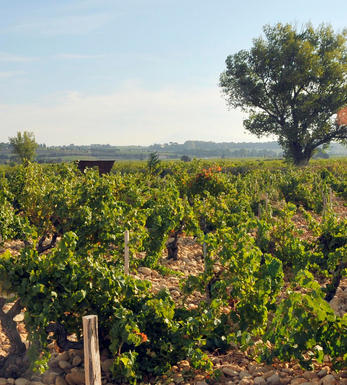
Côtes du Rhône
Côtes du Rhône, located in southern France’s Rhône Valley, is one of the country’s largest and most well-known wine appellations. The region is renowned for producing a wide range of high-quality wines, with vineyards extending from just south of Lyon in the north to Avignon in the south, covering both banks of the Rhône River.
Côtes du Rhône is celebrated for its wide array of red and white grape varieties. The primary red grape varieties include Grenache, Syrah, Mourvèdre, and Cinsault, while the main white grape varieties consist of Viognier, Marsanne, and Roussanne.
The region is divided into several appellations, each with distinct characteristics and regulations. The hierarchy ranges from the broad Côtes du Rhône appellation to more specific and prestigious sub-appellations like Côtes du Rhône Villages and Crus such as Châteauneuf-du-Pape, Gigondas, and Hermitage.
The region benefits from a diverse terroir, contributing to the different wine styles. The northern part has a continental climate, while the southern portion enjoys a Mediterranean climate, which plays a vital role in grape ripening and flavour development.
The red wines are highly regarded for their rich and robust flavours. They often exhibit notes of dark fruits, herbs, spices, and distinctive peppery quality, especially in the Syrah-dominated wines from the northern Rhône.
The white wines are typically aromatic and elegant, with flavours of stone fruits, floral notes, and hints of mineral complexity.
Côtes du Rhône also produces excellent rosé wines, which are refreshing and perfect for warm weather enjoyment.
Winemaking in Côtes du Rhône has a long history from ancient times. The region preserves a combination of traditional methods and modern techniques, allowing winemakers to express the unique characteristics of their terroir.
Côtes du Rhône wines are versatile and pair well with a wide range of dishes, including roasted meats, hearty stews, grilled vegetables, and cheeses.
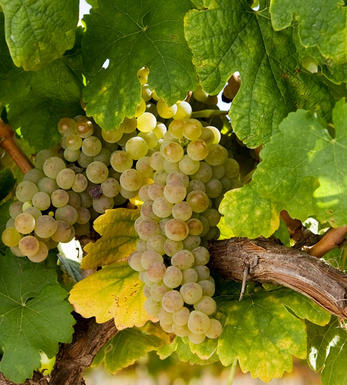
Roussanne
Roussanne is one of the most important white grape varieties in the Rhône Valley. It is a particularly pernickety grape to cultivate being a notoriously low yielder as well as being highly susceptible to rot. It is difficult to ripen, and seemingly prone to oxidation at every opportunity. Roussanne's name comes from its russet-coloured skin and it produces richly aromatic wines, often with fruit characteristics of lime and blossom.
In the northern Rhône it is typically blended with Marsanne to produce the white wines of Hermitage, Crozes-Hermitage, St-Joseph, and St-Péray. Generally Marsanne is the dominant partner and it lends colour, body and weight to the blend, as well as richly scented fruit, while Roussanne contributes bouquet, delicacy and finesse.
It is grown less extensively in the southern Rhône although it is one of the permitted varieties in Châteauneuf-du-Pape. There are plantings of Roussanne in the Languedoc and Rousillon and in the last decade the grape have been cultivated with particular success in California, where it is produced both as a single varietal and as a component of Rhône-style blends.


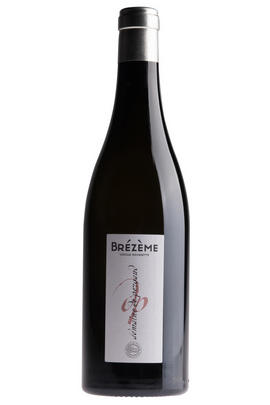
Buying options
Add to wishlist
Description
These 70-year-old vines on limestone soil are given their ancient name, the strain in question being a close cousin to Roussanne. The 2014 has a lively, mineral, herby nose with citrus and pear fruit, then an elegant nutty texture with lively orchard fruit notes and a powerful finish.
Simon Field MW, Wine Buyer
wine at a glance
Delivery and quality guarantee